Reviews
Communion
Alfred Sole
USA, 1976
Credits
Review by Jenny Jediny
Posted on 14 October 2007
Source Anchor Bay Entertainment DVD
Categories 31 Days of Horror
If Alfred Sole had continued to direct horror films, he may have made it in the ranks as a second tier Brian De Palma; Sole’s Communion, reissued and now more popularly known as Alice, Sweet Alice is a cut up version of far more famous scary flicks, but cheap and dirty, without much in the way of original inspiration. Yet there’s an indulgence to Alice, Sweet Alice, at times both comical and oddly arresting in its depiction of Alice, who may or may not be one of the infamous “bad seeds” bred in the horror genre.
Alice, Sweet Alice might have kept its original title, with its ominous overtones; the film is drenched in religious imagery of the high Catholic kind. Crucifixes and Virgin Mary statues litter the background, a good portion of the film takes place in a church, and the film centers around what occurs during the ritual of first communion. Young Karen (portrayed by a prepubescent Brooke Shields) prepares for the sacrament, while her older sister Alice looks on with envy, as it becomes blatantly obvious that Karen is treated with favoritism by both their mother and a local priest Father Tom, who seems slightly too interested in Karen (at least by today’s standards). Darling Karen is the apple of her mother’s eye, while Alice sulks and plays at creepy games, burning incense in the basement, keeping roaches and occasionally leaping out from corners wearing a Venetian mask.
The mask, as well as her trademark yellow slicker, soon connects Alice to the sudden murder of Karen—Sole doesn’t shy away from revealing the murderer strangling Karen in costume to the viewer, but leaves the family in the dark to these details. However, is Karen really a bloodthirsty, angry older sister? The signature of that yellow raincoat is immediately recognizable to anyone familiar with Nicolas Roeg’s Don’t Look Now,, and therefore it becomes clear that the answer may not be as easy as it seems.
Shooting in what appears to be a working class neighborhood in Paterson, N.J., Sole expands his religious theme with the inclusion of not merely a largely Italian American cast, but also over-exaggerated stylistic flourishes that echo Italian - and other European - art house horror. Discovering Karen’s body in the church’s sacristy, Karen’s Aunt Annie’s horrific reaction is not only shot practically fish-eye style, but her deafening moans and screaming - Karen’s DEAD - to Karen’s mother is incredibly drawn out. Aunt Annie becomes only increasingly campy after she herself is attacked by the murderer; stabled in the thigh, she manages to not merely fall down a flight of stairs (this time an echo of Psycho) but drag herself outside, in pouring rain, to ear-splittingly scream for help.
Also admirably appalling is a performance by Alphonso DeNoble, an actor with little work to his name, but quite absolutely memorable as the landlord, Mr. Alphonso. Extremely obese, to the point where the camera captures sweat stains on his pants front, Mr. Alphonso spends his days reclining with a Chinese fan, his litter of kittens, and a constant soundtrack of old showtunes in the background. Alphonso and Alice have several verbal battles, but none quite as creepy as what occurs when she drops off the rent; taunting Alphonso, Alice suddenly finds herself cornered, threatened by his wandering hands, and retaliates in the only way she knows how - she strangles one of his kittens.
Alice, Sweet Alice does attempt to connect the dots with some psychological analysis; the vague hints at Alice’s underlying emotional issues, varying from sexual confusion to a growing teenage resentment toward her mother, are mildly intriguing, but essentially fall flat in a similar fashion to the psychologist’s explanation at the conclusion of Psycho. What is far more interesting and memorable about the film is its extreme imbalance, flawed recreations of familiar horror scenarios but with a pronounced film that coats the movie in highly repugnant imagery and sound.
More 31 Days of Horror
-

Alien
1979 -
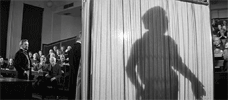
The Elephant Man
1980 -
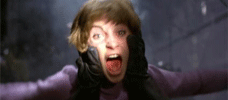
My Bloody Valentine
1981 -
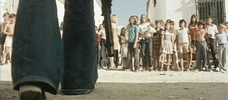
Who Can Kill a Child?
1976 -
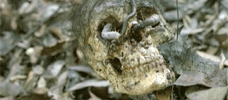
Cannibal Holocaust
1980 -
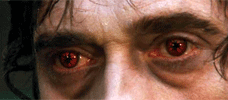
Let Sleeping Corpses Lie
1974 -
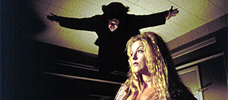
John Carpenter’s Vampires
1998 -

Jaws 2
1978 -

A Warning to the Curious
1972 -

Wolf
1994 -
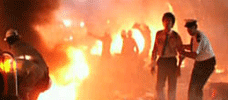
The Survivor
1981 -
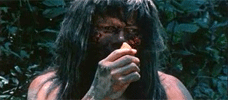
Cannibal Ferox
1981 -
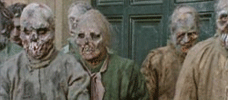
The Nights of Terror
1981 -
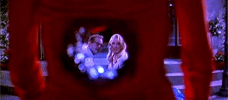
Death Becomes Her
1992 -
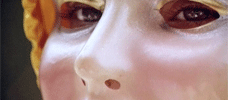
Alice, Sweet Alice
1976 -

Body Double
1984 -
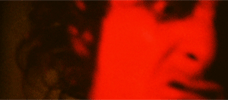
Invocation of My Demon Brother
1969 -
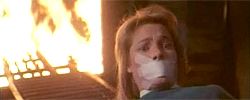
Phantasm II
1988 -
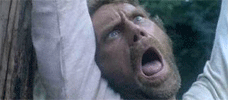
Emanuelle and the Last Cannibals
1977 -

The Wicker Man
1973 -
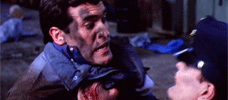
Maniac Cop
1988 -
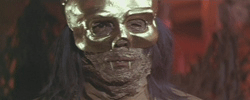
The Legend of the 7 Golden Vampires
1974 -
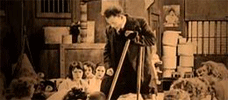
The Penalty
1920 -
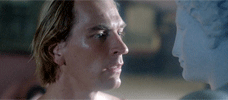
Boxing Helena
1993 -

Chew on This
2005 -
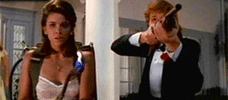
Night of the Creeps
1986 -

Night of the Lepus
1972 -
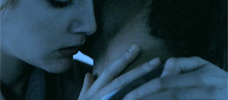
Near Dark
1987 -
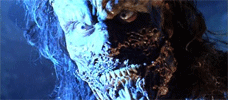
Army of Darkness
1992 -
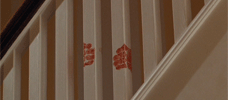
The Brood
1979 -

The Lift
1983 -

Amsterdamned
1988 -
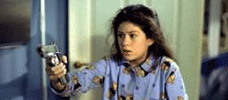
Silent Witness
1999 -

The Shaft
2001
We don’t do comments anymore, but you may contact us here or find us on Twitter or Facebook.



